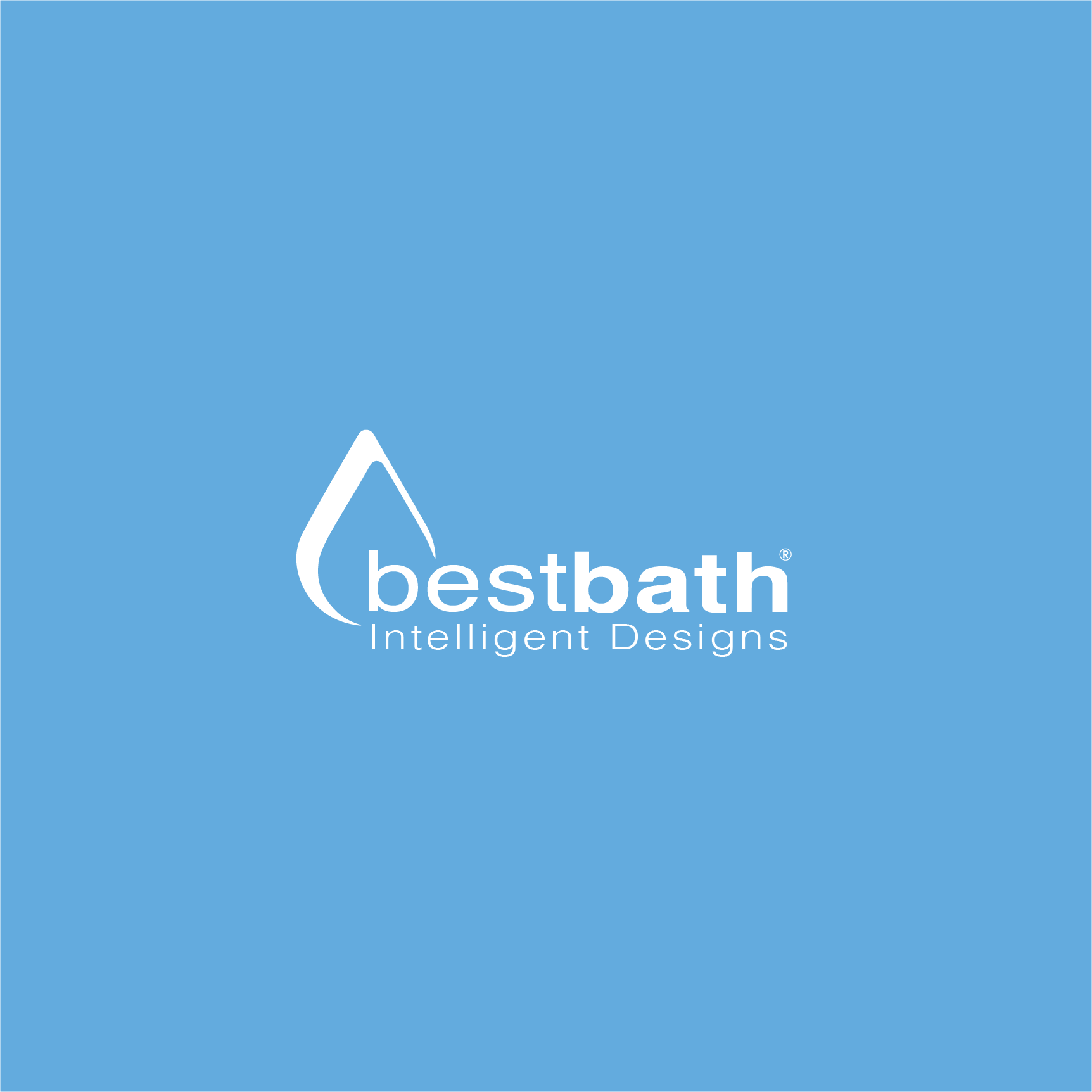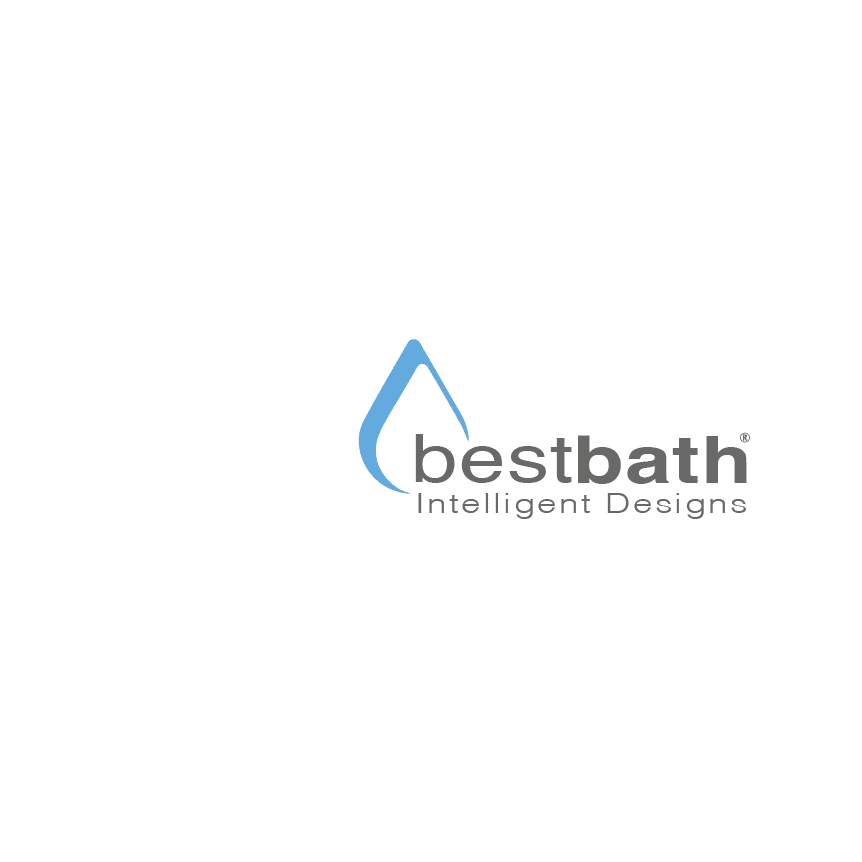How do we get accessible design to be more widely accepted? Are the products available meeting the design and aesthetic needs of the masses?

Catch all of the PCBC conversation on our YouTube playlist: A PCBC Conversation.

The following is a transcript of the video "Where do we take Universal Design from here?: A PCBC Conversation" :
Nigel: Were you at the Kitchen and Baths Show this year? There was a lot of companies-
Beth: Not this year.
Nigel: -that had a lot of touch-open.
Beth: Yeah. A lot of touch glass.
Nigel: And knee-open. It was really cool.
Beth: Yes, a lot of touch glass. And that's what's exciting about universal design. It's to be able to see innovation, being creative because it's not a box you have to design to, you be creative and that's the great part that's happened. I mean, who would have ever thought, from the ice box to a refrigerated drawer, we'd be seeing that in my lifespan?
Nigel: Yeah, is there a story here for ease of installation as well?
Beth: Of course, ease of installation. Absolutely, ease of installation. Because you've got, you know, both sides of the coin for dollars, right? So you're looking at, okay it's $300 for this, but it's $500 to install it. You know, what am I gonna do with that? So when we look at products being integrated in the very beginning of a design then it's not solution driven, which is more costly. You come in, you go, "Okay, I'm just gonna do this part," and then that's more costly. But when you integrate it throughout, it becomes very cost effective.
Nigel: Okay. So Susan, so here we are. The population is aging and so they have to live somewhere. So the next question is, how do you retrofit these houses, and how do you design these houses to be accessible for this population? Where do we start?
Beth: I mean we start from emphasis. I mean universal design designs for all ages and all abilities. And so when you're looking at home modifications, that's a different category than a production or a spec builder who has a certain footprint of what they're working with, right? And so in introducing all of those universal design features, you know, the rocker switches and, you know, wider doorways to be three-foot-wide doorway so it nets out at 34-inch clear with opening. Really looking at the features that they can automatically introduce that don't necessarily cost any more money. It's just where to put those. So being proactive in the design upfront with Universal Design allows for some simple modification, moving forward.
Home modifications on the other side of the coin, it's very challenging. It's a fixed environment. It's been there for many years. Something happens in someone's life with a diagnosis or accident, and now all of a sudden the home needs to be responsive and it's not. So people either stay in their home and make do or you end up in a hospital bed potentially in your dining room and bed baths versus someone then doing a modification and where's the dollars to do that? Or do they move and where do they move into? So the customization of home modifications is a large, large part of what happens in construction now to support.
Nigel: Okay, so let's stick with that theme for a second, because we've all heard the complaints that accessible products tend to be unattractive. What grade do you give products in 2016, 2015?
Beth: What grade?
Nigel: Yeah.
Beth: We've come so far. Having been in the field for so many decades, my first...just to give you a quick background, my first use of a grab bar on a project, I had to powder-coat it. Because I refused to have the institutional or stigmatized look for the client, and chrome isn't necessarily the best thing to be able to try and reach for in a reduced lighting sand to wet environment. So we powder coated them. You know, it was a little maintenance issue, but we powder coated them.
But today, we've got refrigerated drawers, so we can put a drawer in the master suite for someone to be able to have their medications or juices or whatever they need at point of use. We've got dishwasher drawers. We've come so far with products. We were looking today at the phantom screen. You know, removing the door, screen at the front entry and looking at the phantom screen. There are lots and lots of products, but we have a huge way to go for manufacturers to understand. Is it accessible that they're really trying to work towards, or is it more of a universal integrated approach?
